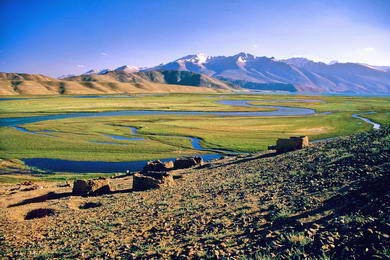 |
Official Webpage |



ARM ENG |
|||||
|
|||||||
The structure was probably built by king Tiridates I in the first century AD as a temple to the sun god Mihr, it is the best-known structure and symbol of pre-Christian Armenia.
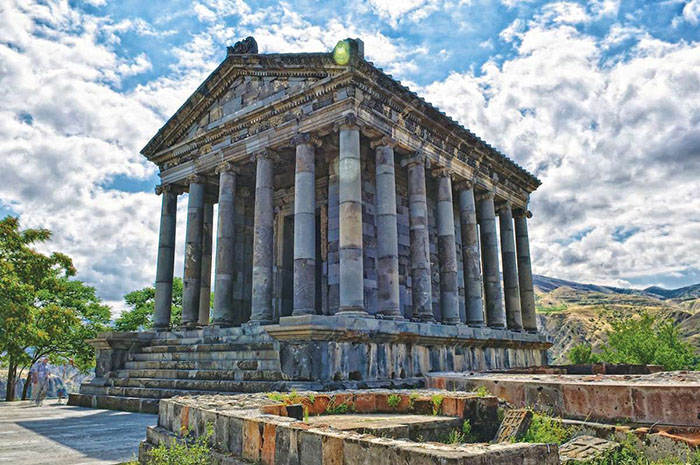
The triangular pediment depicts sculptures of plants and geometrical figures. The staircase has nine unusually high steps—30 centimetres (12 in) high.
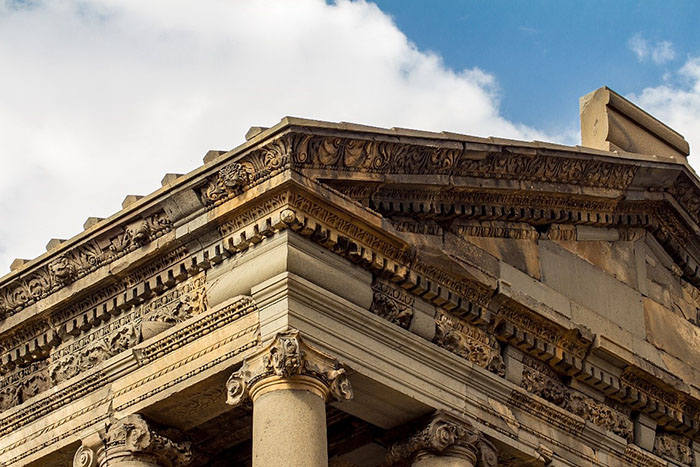
The temple follows the style of classical Ancient Greek architecture which began developing in the seventh century BC. Scholars have variously described the structure as Greek, Roman or Greco-Roman and have usually linked it to Hellenistic art, often pointing out its distinct features and local Armenian influence.
The Nekresi fire temple is an archaeological complex in the eastern Georgian region of Kakheti. The excavated building, preserved only fragmentarily at a foundation level, is identified as a Zoroastrian fire temple, sun temple, or a Manichean shrine.
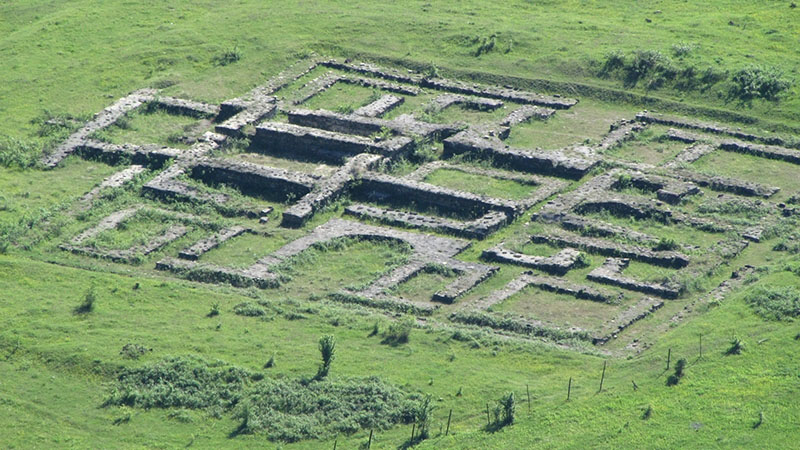
Archaeological artifacts found at the site are limited to fragments of pottery of the 2nd to the 4th centuries; charcoal from a threshold gave a radiocarbon date in the 5th century suggesting that the site was destroyed at that time.
Uplistsikhe is as fascinating to visit as it is difficult to pronounce. The ancient cave city may be as old as 3,000 years, and it long served as one of the major religious centers of pre-Christian Georgia.


The spacious temple consists of many rooms and chambers. In addition to areas carved out of the stone, additional walls were also added. While we know very little about what the rituals here were like, this was likely a place of worship for the Caucasian Sun goddess.
The Atashgah, is an ancient Zoroastrian temple in Tbilisi, Georgia. It was built when Georgia was a part of Persian Empire in Sasanian era (224-651 AD). The name “Ateshga” originates from the Persian “Ateshgah” which means the place for fire. It is described as the northern most Zoroastrian fire-temple in the world.

Atashgah is located around 100 meters east of the Holy Mother of God Church of Bethlehem, on the Old Town slopes northeast of the Mother Georgia statue. It is an ancient brick building with a protective curved perspex roof. The temple is one of the oldest religious buildings in the Georgia’s capital located in the historic part of the city.

The Fire Temple of Yazd, is a Zoroastrian fire temple in Yazd. It enshrines the Atash Bahram, meaning “Victorious Fire”, dated to 470 AD. The highest grade of fire temples were first constructed in the Sasanian Empire for the reverence of fire, which is the manifestation of Ahura Mazda in the Zoroastrian religion. Zoroastrian prayers are to be said in the presence of light, either in the form of fire or the sun.
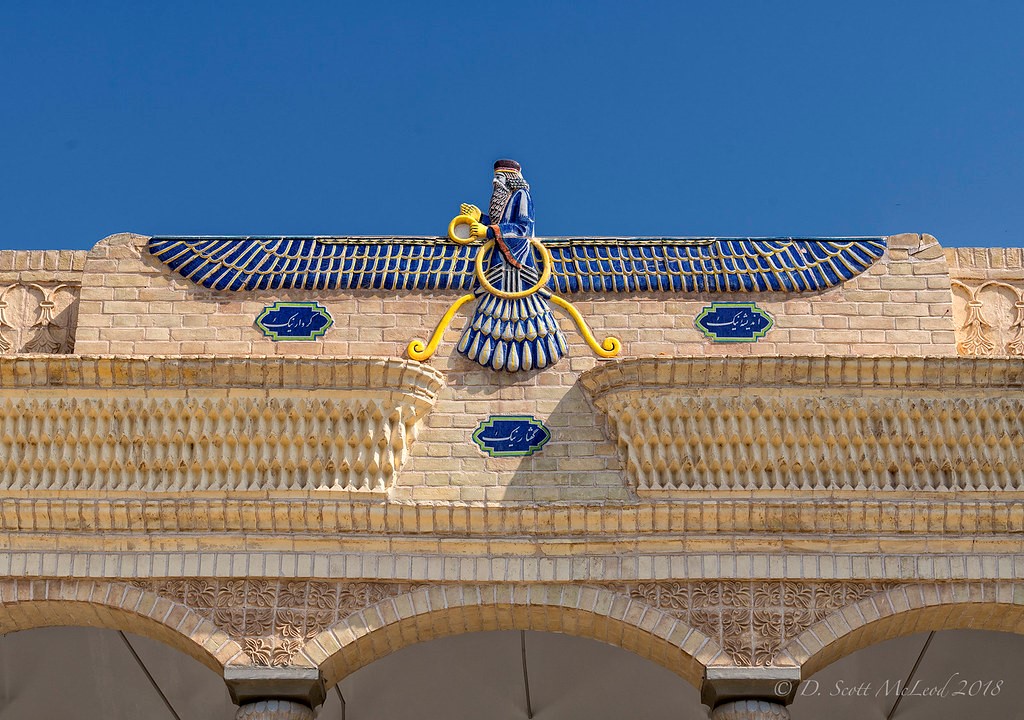
A bust of Manekji Limji Hataria, who was instrumental in raising funds for building the temple, has been installed in the precincts of the temple. The bust also displays the Zoroastrian divine symbols of the Sun and the Moon.
The ruins of many temples belonging to Sassanid dynasty have been found in different parts of Iran especially in Fars, and Kerman provinces. It is interesting to know that during Sassanid dynasty, there were three highly significant fire temples in Iran: Azar Goshnasb, Azar Barzin Mehr or Azar Borzin Mehr, and Azar Faranbagh.

Each of the fire temples belonged to a special society class and it was believed that Ohrmazd had created the three of them for protection of the world. The fire temple of Azar Goshnasb belonged to kings and armies, the fire temple of Azar Franbagh belonged to the priests, and the fire temple of Azar Borzin Mehr belonged to the farmers.
Thirteen kilometres east of Khorog, on M41 - the road from Khorog to Bulunkul and the Pamir heights - and located on a high cliff dominating the Gunt valley and Bogev village, is the Kofir-Kala complex of ancient ruins. The ruins consist of the base of a fortress with a citadel as well as the remains of two circular outdoor worship structures.

The location of the worship center conforms to the Zoroastrian practice of worshipping on high ground. In ancient times, this complex was a well-protected center of worship that served the Shugnan / Shugnon area - the Gunt valley and mountainous region immediately east of Khorog.
